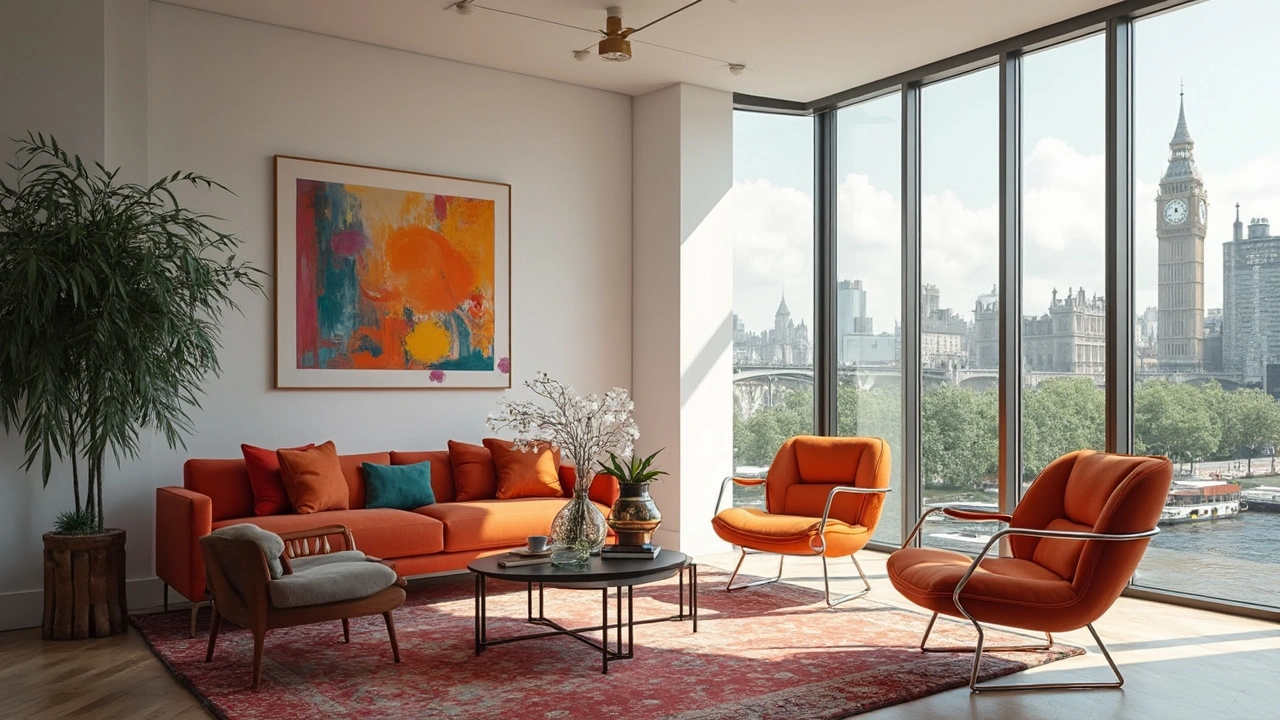Bauhaus style shook up the world of design, giving us a new way of looking at furniture, homes, and even the cities we live in. This article explains what made the Bauhaus approach so different and powerful, how it spread far beyond its original school, and why its influence is still everywhere—from the chair you might be sitting in, to the apps you use. Expect to find clear examples, helpful tips for spotting Bauhaus touches in daily life, and a look at why this style feels so fresh today. If you've ever wondered why so much modern design looks the way it does, you're about to find out.
Bauhaus: What It Is and Why It Still Matters
Bauhaus lasted barely 14 years (1919–1933), yet it rewired how we build, furnish, and think about design. At its heart Bauhaus pushed one clear idea: make useful things that look honest. No needless decoration, clear shapes, and a focus on how things are used—those are the fingerprints of Bauhaus.
Started by Walter Gropius in Weimar, the movement mixed art, craft, and industry. Teachers and students worked on buildings, furniture, typography, and products with the goal of creating useful objects for everyday life. That spread worldwide through schools, architects, and manufacturers.
Key features to notice
Want a quick checklist so you can spot Bauhaus on the street? Look for flat roofs, smooth facades, and simple geometric volumes—boxes, cylinders, planes. Materials are often industrial: steel, concrete, and large glass panes. Windows might run in horizontal ribbons. Interiors favor open plans and built-in practicality rather than rooms packed with decoration.
Furniture and objects are spare and functional. Think tubular steel chairs, leather straps, and pieces that feel machine-made. Colors are usually neutral—white, black, gray—with occasional primary color accents. And typography? Clean, sans-serif lettering that reads fast and looks modern.
How to use Bauhaus ideas at home
You don't need to copy a museum to benefit from Bauhaus. Start with function: pick pieces that serve clear needs. Choose a sofa or chair with clean lines and no frills. Keep surfaces uncluttered and use storage that hides items instead of showing them. Favor a neutral base—white walls, simple flooring—and add one or two bold accents, like a red lamp or geometric rug.
If you want authentic flair, consider a single statement piece inspired by the school—a Wassily-style chair or a cantilevered coffee table. Use metal and glass sparingly for contrast. Avoid mixing lots of ornate antiques with Bauhaus pieces; the movement works best with breathing room and a calm palette.
Bauhaus also offers useful rules for designers: design for production, balance beauty with utility, and think across disciplines. Those rules help architects, product designers, and graphic artists make work that lasts and feels modern decades later.
If you're out exploring cities, look for names like Gropius, Mies van der Rohe, and Marcel Breuer. Visit public housing, schools, or factories built in the 1920s–30s—those are often where Bauhaus ideas were first tested at scale. And remember: a building can be modest but still Bauhaus if it shows honest materials, clean form, and clear function.
Curious to see examples and variations? Our site gathers stories and images of modern movements and classic periods—use those pages to compare details and sharpen your eye.
The Bauhaus style redefined design and architecture in profound ways. Emerging in Germany during the early 20th century, this movement broke away from tradition, embracing functionality and simplicity. Bauhaus merged creativity with practical craftsmanship, influencing everything from furniture to urban planning. Its impact has continued to shape contemporary design, emphasizing that form should follow function.
Discover how Bauhaus style revolutionized design principles by merging functionality with aesthetic beauty. Learn about its origins, key elements, and lasting impact on modern architecture. This comprehensive guide offers valuable insights and practical tips for incorporating Bauhaus principles into contemporary design.



